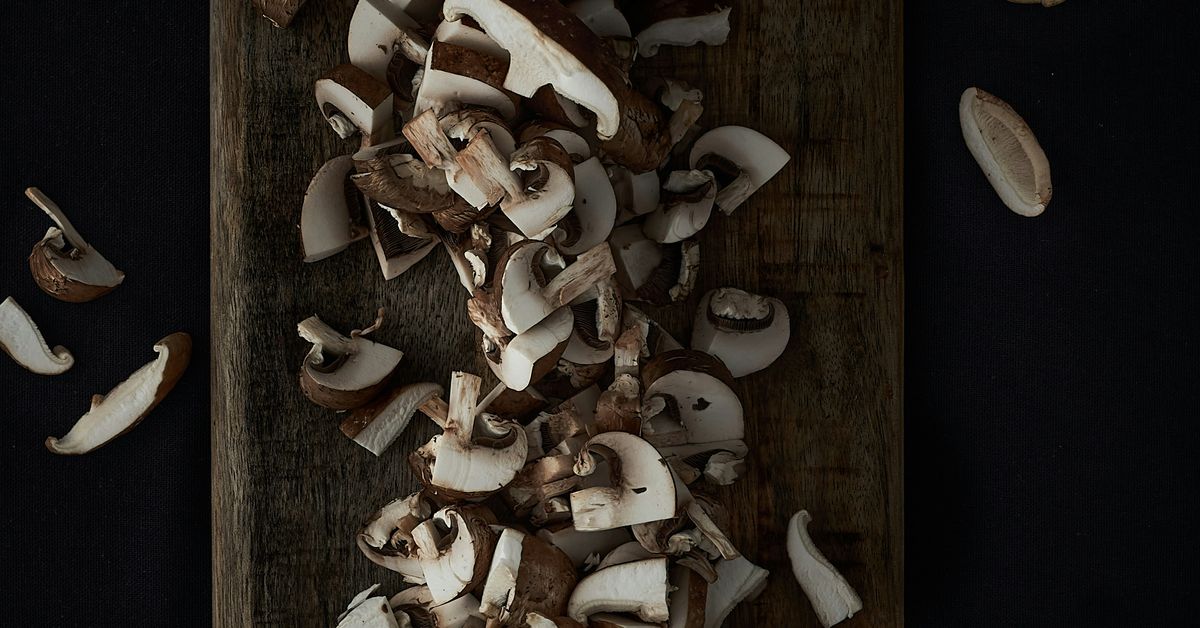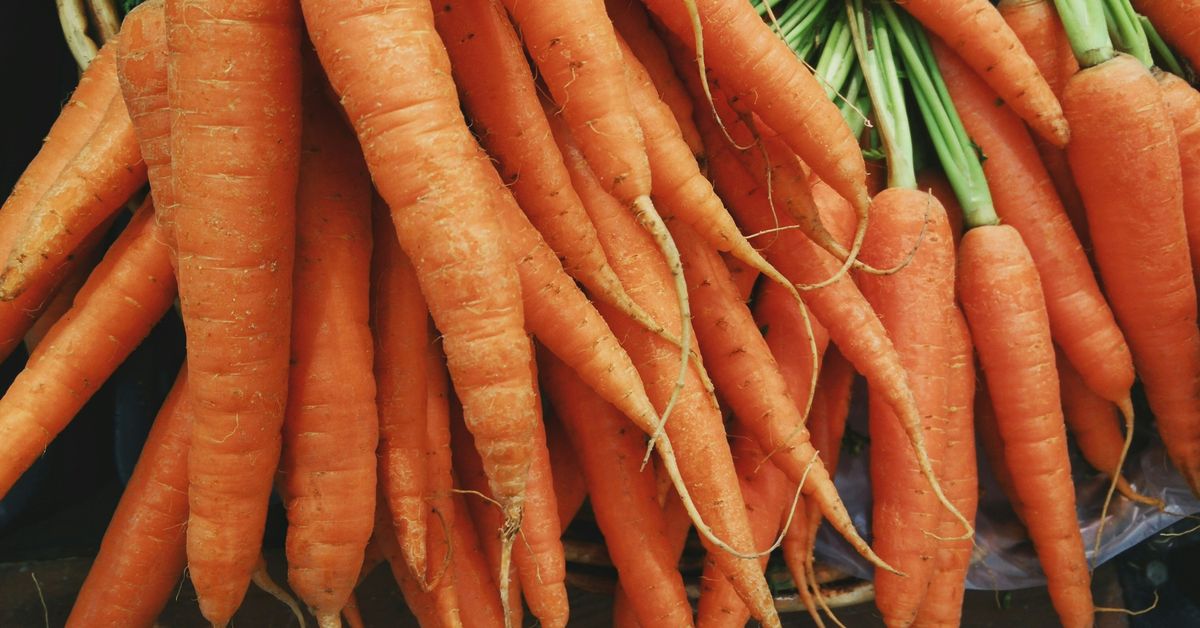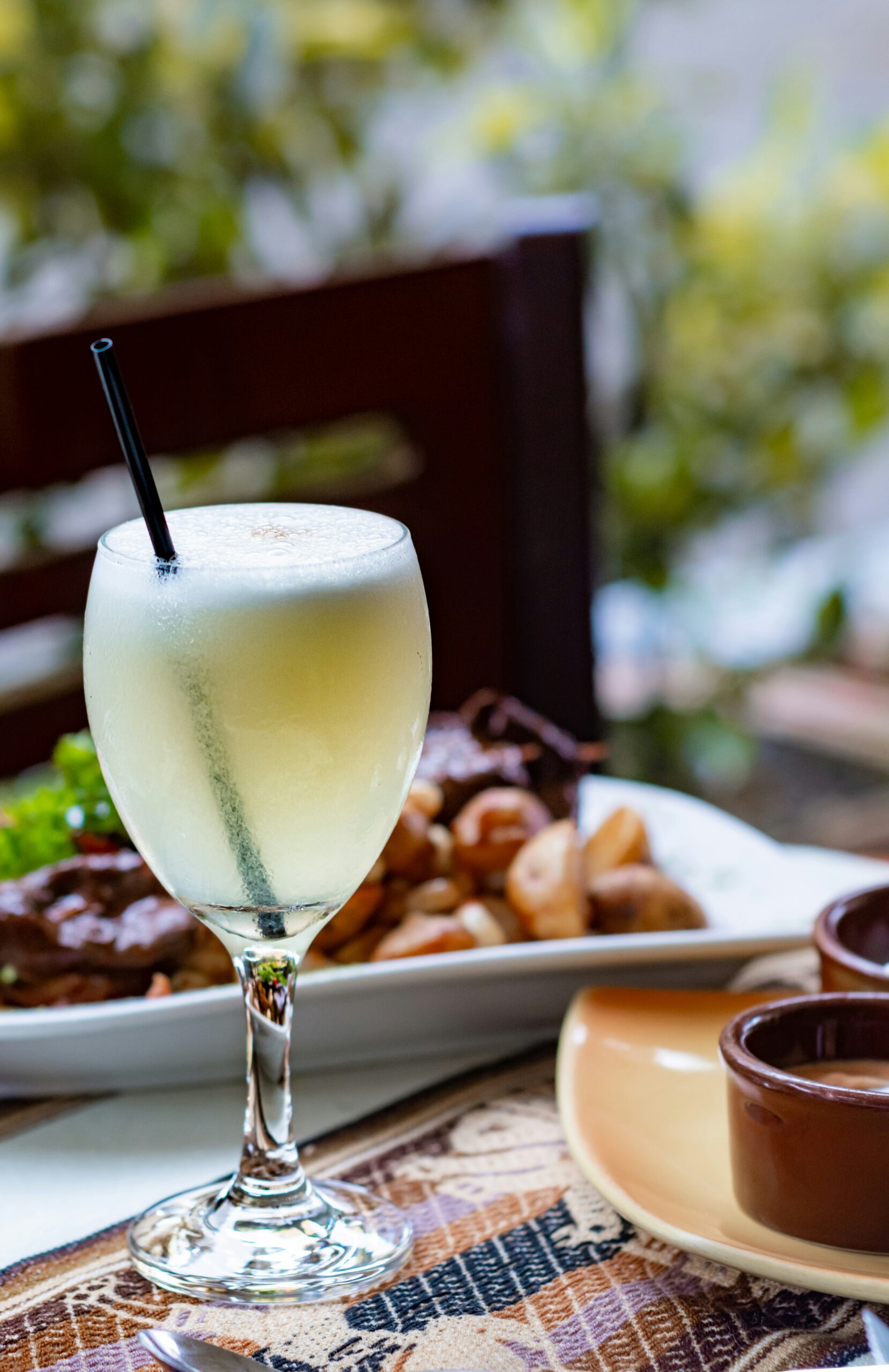Discovering the Flavor Frontier
When was the last time you ventured into the depths of your pantry and unearthed something that made your taste buds do a happy dance? For many, the vegan lifestyle conjures up images of bland salads and uninspiring tofu dishes. But let me tell you, there’s a treasure trove of unconventional vegan ingredients just waiting to be discovered—ingredients that not only enhance flavor but also elevate your culinary game. This isn’t just about eating plants; it’s about transforming meals into vibrant experiences.
The Rise of Flavorful Surprises
As the vegan movement gains momentum, more and more adventurous cooks are turning to unique ingredients to spice up their dishes. Sure, the classics like chickpeas and lentils are fantastic, but have you ever tried using dulse flakes or black garlic? These ingredients can add a depth of flavor that you never knew was missing. I remember the first time I encountered black garlic—it was like a flavor revelation. It struck me that there was a whole world of deliciousness out there, just waiting to be explored.
Why Go Unconventional?
You might wonder why you should bother with these unconventional ingredients. Well, the answer is simple: flavor, excitement, and a touch of creativity. Here are a few compelling reasons to embrace the unconventional:
- Unique Flavor Profiles: These ingredients offer tastes that are often absent from traditional vegan fare.
- Nutritional Benefits: Many unconventional ingredients come packed with vitamins, minerals, and antioxidants—great for your health!
- Impress Your Friends: When you whip up a dish with ingredients they’ve never heard of, you’ll definitely earn some culinary street cred.
Dulse Flakes: The Seaweed Sensation
Let’s dive into the world of dulse flakes. If you haven’t encountered them yet, dulse is a type of edible seaweed that’s packed with umami flavor. Think of it as nature’s seasoning. Sprinkle some onto your salad, soup, or even popcorn for a delightful twist. It adds a savory, oceanic flavor that can mimic the taste of bacon or fish—without any of the guilt associated with animal products.
One of my favorite dulse applications is in a creamy vegan pasta sauce. Just blend soaked cashews with nutritional yeast, garlic, and a generous handful of dulse flakes. The result? A rich, savory sauce that will have even the most skeptical omnivores asking for seconds. It’s amazing how a little sprinkle can transform a dish into something extraordinary.
Black Garlic: The Sweet and Savory Marvel
Ah, black garlic. If you haven’t had the pleasure of tasting it, you’re in for a treat. This ingredient is not your average garlic; it’s aged and fermented, resulting in a sweet, tangy flavor that has hints of balsamic vinegar. It’s like garlic had a culinary makeover! The texture is soft and spreadable, making it perfect for adding to dips, dressings, or even as a topping on toast.
Picture this: a charred vegetable salad drizzled with a black garlic vinaigrette. It’s not only visually appealing but also an explosion of flavors that will leave your taste buds tingling. Experts suggest that black garlic may also have additional health benefits, including antioxidant properties—another reason to include this gem in your kitchen.
Exploring the Health Benefits
While the flavor is undeniably alluring, black garlic also brings along some impressive health credentials. Research suggests that it may have anti-inflammatory and antioxidant properties, which can be beneficial for heart health. Just imagine: you’re indulging in a delicious meal, and it’s good for you too! That’s a win-win in my book.
Sumac: The Citrus Alternative
Now let’s talk about sumac, a spice that often gets overshadowed by its flashier counterparts. It’s a tangy, lemony spice that can brighten any dish. Often used in Middle Eastern cuisine, sumac brings a delightful acidity that can elevate everything from roasted vegetables to grains.
When I first encountered sumac, it was in a za’atar spice blend. I remember sprinkling it over hummus and being blown away by the zesty pop it added. It’s a fantastic way to add complexity to your dishes without resorting to heavy sauces or dressings. Plus, it’s a great alternative for those looking to reduce their salt intake while still enjoying bold flavors.
Sumac in Action
Try using sumac in a simple salad dressing: just mix olive oil, lemon juice, and a good pinch of sumac. Drizzle it over a fresh salad, and you’ve got a dish that sings! The beauty of sumac is its versatility; it pairs well with grains, legumes, and vegetables alike. You’ll find that it’s hard to go back to plain old lemon juice after discovering this zesty alternative.
Jackfruit: The Meat Substitute with a Twist
For those who miss the texture of meat, jackfruit is the game-changer you didn’t know you needed. This tropical fruit has a fibrous texture that mimics pulled pork, making it the star of any barbecue or taco night. It’s not just a trendy substitute; it actually works wonders in savory dishes.
One of my most memorable meals featuring jackfruit was at a local vegan food truck. They served it in a spicy BBQ sauce, piled high on a bun, and let me tell you, it was a revelation. I could hardly believe I was eating fruit! The versatility of jackfruit knows no bounds; it can be used in curries, stir-fries, and even salads.
Cooking with Jackfruit
When using jackfruit, the key is to choose young, green jackfruit in brine or water—not the ripe, sweet variety. The green jackfruit has a mild flavor that soaks up spices beautifully. A little tip: roast it with your favorite spices, and you’ll end up with a delicious meat alternative that’s perfect for tacos or sandwiches. Talk about a flavor punch!
Fermented Wonders: Miso and Kimchi
Fermented foods have taken the culinary world by storm, and for good reason. Miso and kimchi are two star players in this category that can add a punchy flavor to your vegan dishes. Miso, a fermented soybean paste, is rich in umami and can be used in soups, marinades, dressings, and more. It’s like a flavor bomb waiting to explode in your mouth!
I’ll never forget the first time I made a miso soup from scratch. The depth of flavor was so rich and satisfying; I was amazed at how a simple ingredient could transform a bowl of broth into something so comforting. Pair it with tofu and seaweed, and you’ve got yourself a nutritious and delicious meal.
Kimchi: Spice Up Your Life
Then there’s kimchi, a traditional Korean dish made from fermented vegetables, usually napa cabbage and Korean radishes. The flavor profile is complex—spicy, tangy, and a little bit funky. It’s a fantastic addition to stir-fries, rice bowls, or even as a side dish on its own. Plus, it packs a probiotic punch that can be beneficial for gut health.
Imagine a rice bowl topped with sautéed veggies, avocado, and a generous serving of kimchi. It’s not just food; it’s an experience. The crunch and heat from the kimchi elevate the entire dish—you’ll find yourself reaching for seconds (or thirds).
Chickpea Flour: A Versatile Powerhouse
Chickpea flour, also known as besan, is a staple in many cuisines around the world, but it often flies under the radar in Western cooking. This gluten-free flour is made from ground chickpeas and is incredibly versatile. It can be used to make everything from pancakes to fritters and is a great binding agent in veggie burgers.
One of my favorite uses for chickpea flour is in socca, a French chickpea pancake. It’s so simple—just mix chickpea flour with water and olive oil, let it rest, and then bake until golden. The result is a crispy, savory pancake that’s perfect for dipping or topping with your favorite spreads. It’s hard to believe something so easy can be so delicious!
Spirulina: The Superfood Boost
Spirulina might sound like a character from a sci-fi movie, but it’s actually a nutrient-dense blue-green algae that’s packed with protein, vitamins, and antioxidants. It has a slightly earthy flavor that can be a bit overwhelming if you’re not used to it, but when used correctly, it can add a unique twist to your smoothies and energy bars.
My first encounter with spirulina was in a bright green smoothie bowl that looked like it belonged in an Instagram post. The flavor was a bit strong for my taste, but I quickly learned that a little goes a long way. Just a teaspoon can transform your smoothie into a nutritional powerhouse without overpowering the other flavors.
Creative Uses for Spirulina
Outside of smoothies, consider using spirulina in energy bites or granola bars. Combine it with oats, nut butter, and a bit of honey for a quick snack that’s both healthy and energizing. It’s a great way to sneak in some extra nutrients without sacrificing flavor.
Conclusion: Embrace the Flavor Adventure
As you explore the world of unconventional vegan ingredients, remember that cooking should be an enjoyable adventure. These ingredients—dulse flakes, black garlic, sumac, jackfruit, miso, kimchi, chickpea flour, and spirulina—are just the tip of the iceberg. By incorporating them into your meals, you’ll not only enhance the flavors but also open up a whole new world of culinary possibilities.
So, next time you’re at the grocery store or farmers’ market, keep an eye out for these hidden gems. Challenge yourself to step outside your comfort zone and experiment with new flavors and textures. You might just find that your cooking—and your meals—become a lot more exciting (and delicious!).
In the end, it’s all about enjoying the journey and discovering that plant-based cooking can be anything but boring. Happy cooking!




